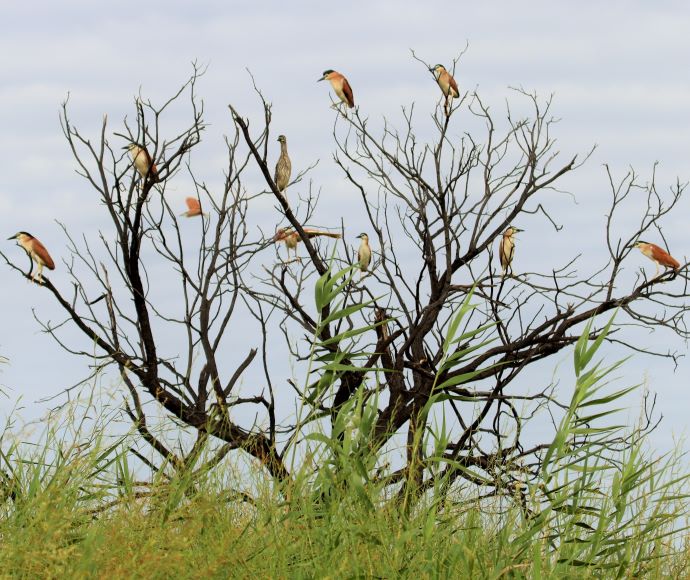 Water that is allocated and managed specifically to improve the health of rivers, wetlands and floodplains is known as water for the environment.
Water that is allocated and managed specifically to improve the health of rivers, wetlands and floodplains is known as water for the environment.
NSW environmental water management teams work with local communities, Aboriginal representatives, partner agencies, and other stakeholders to develop detailed annual plans for the use of water for the environment in each catchment, including how its use is prioritised.
The catchment
The Intersecting Streams cover an area of approximately 120,431 km2. This area comprises the NSW sections of 4 key river systems: the Paroo, Warrego, Culgoa–Birrie–Bokhara–Narran connected system and Moonie River, which originate in Queensland and terminate in New South Wales.
There are 3 listed Ramsar sites and areas indicated in the Directory of Important Wetlands located in the Paroo, Warrego and Narran water sources and an Important Bird Area identified by BirdLife Australia.
The Intersecting Streams catchment is Country to the Barkindji, Budjiti, Euahlayi, Guwamu/Kooma, Gomeroi/Kamilaroi, Ngiyampaa, Kunja, Murrawarri and Ngemba Aboriginal people.
Water for rivers and wetlands
The Intersecting Streams rely on rainfall in southern Queensland and connection across the NSW–Queensland border to generate flows that support rivers and wetlands in this area.
The region saw well above average rainfall from late 2021 to late 2022. This rainfall created periods of high flow across the Intersecting Streams, with notable flows up to:
- 11,012 megalitres (ML) per day in the Paroo at Willara gauge
- 11,373 ML per day in the Culgoa at Collerina gauge
- 4,194 ML per day in the Narran at Narran Park gauge.
This rainfall generated significant flow to Narran Lakes and the Paroo and Bulloo rivers wetlands. While there were significant flows in the Warrego, only a small volume was directed to the Western Floodplain in early 2023 at Toorale.
With wet conditions in the northern basin reducing, critical environmental demands may come back into focus, particularly in relation to connectivity. In 2023–24, the focus of water managers will shift to recovery and maintaining current system conditions where possible.
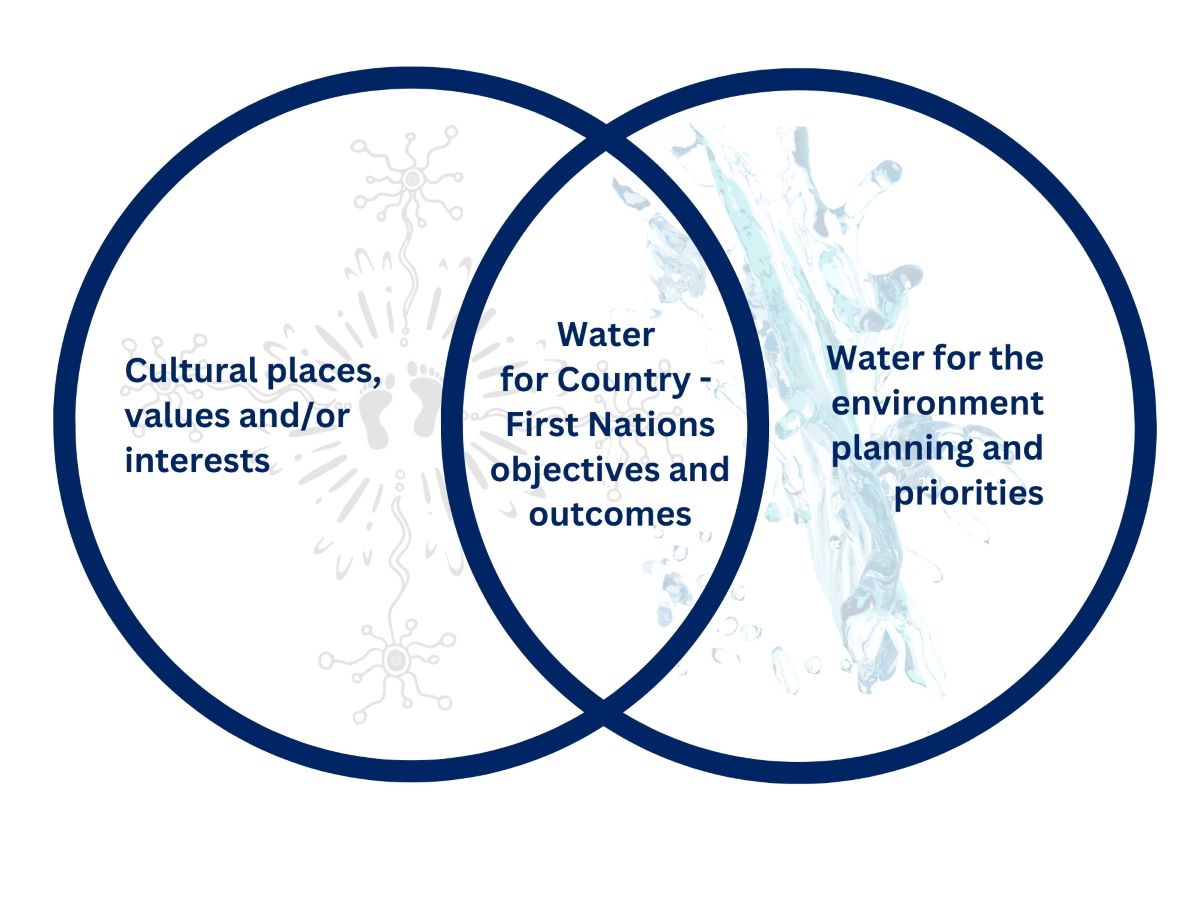
Environmental water managers have been working to support Aboriginal people’s priorities in water management.
Aboriginal water management priorities
Water for Country is environmental water use planned by the Department of Climate Change, Energy, the Environment and Water and Aboriginal people to achieve shared benefits for the environment and cultural places, values and/or interests.
We will partner with the Toorale Aboriginal Joint Management Committee to better manage flows to the Western Floodplain to address priorities and support the development of a cultural water management plan.
Weather and water forecast
As at early June the El Niño–Southern Oscillation (ENSO1) outlook is neutral, with a 50% chance that an El Niño may develop in late 2023. Rainfall was above average for July to November in central Qld and north-western NSW including much of the Intersecting Streams. The wet conditions began to subside in December 2022 and have continued to become dryer in early 2023.
Natural inflows are likely to stay low or decrease further in the Intersecting Streams in the 2023–24 water year, reducing opportunities for water managers to use environmental water licenses to protect flows in the Barwon–Darling Barwaan–Culliwatta–Baaka catchment. There is potential for widespread very low flow and cease to flow conditions to return in the catchment.
Water managers have prepared annual watering plans that consider a range of weather and water availability scenarios. This is known as resource availability scenario planning. On balance, the outlook is rated as ‘dry to moderate’.
1. ENSO: The interaction between the sea surface and atmosphere over the Pacific Ocean which results in dryer (El Nino) or wetter (La Nina) conditions.Resource availability scenario
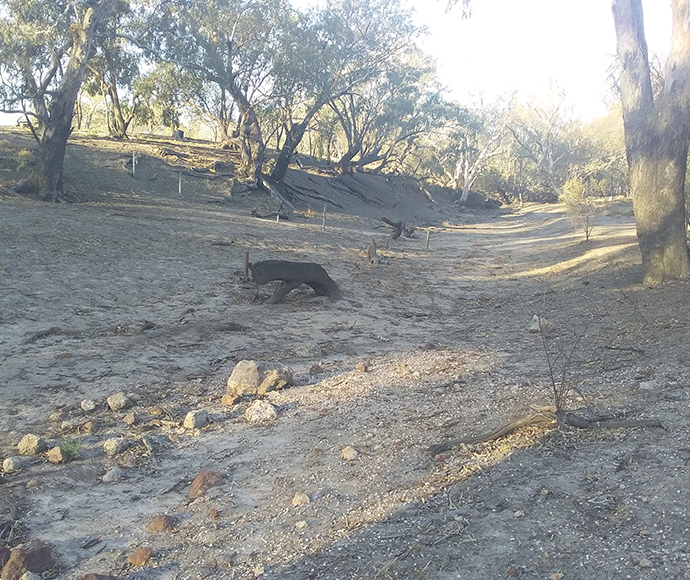 |
Very dry Main aim: Protect Avoid critical loss |
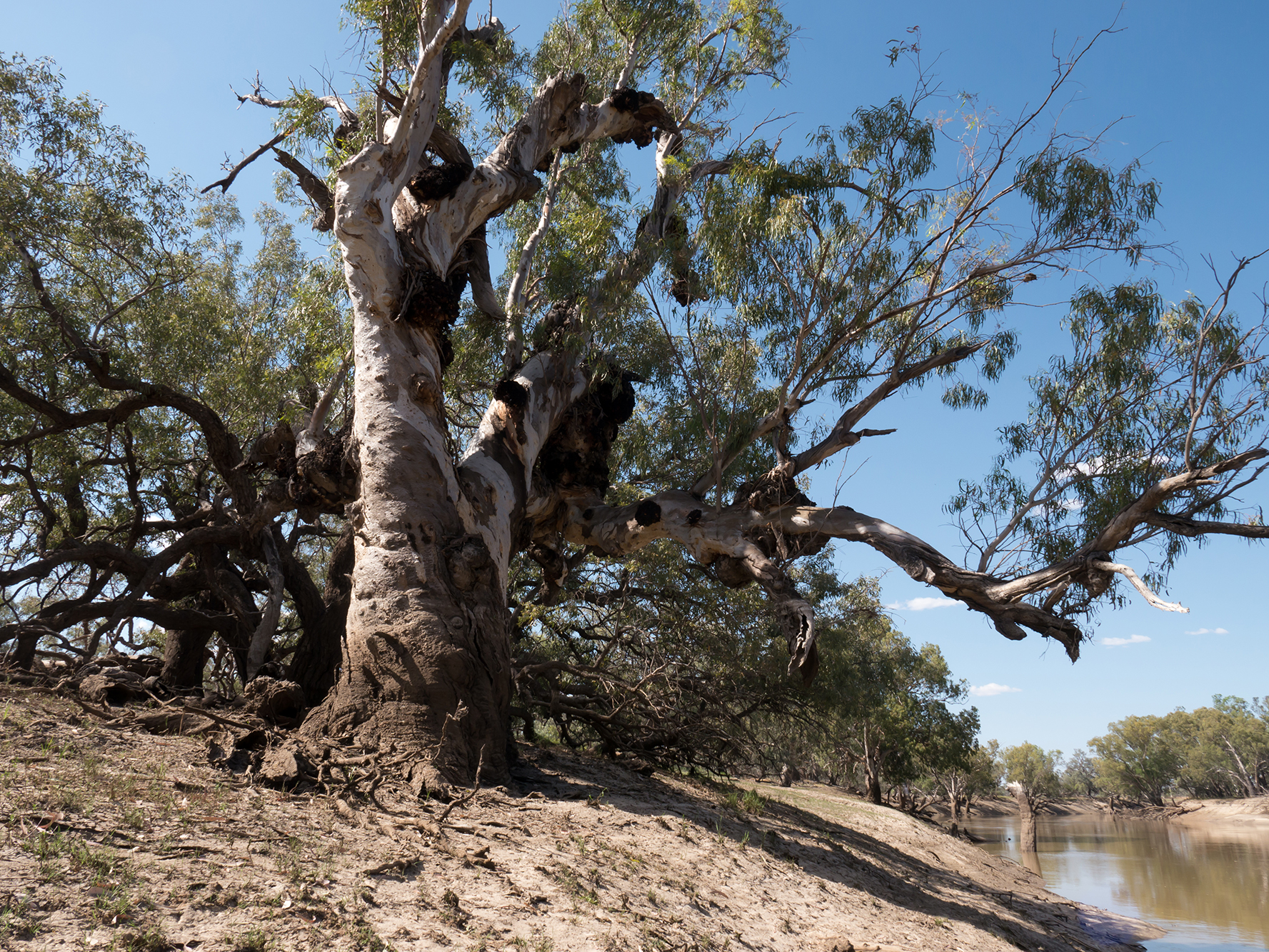 |
Dry Main aim: Maintain Maintain river functioning |
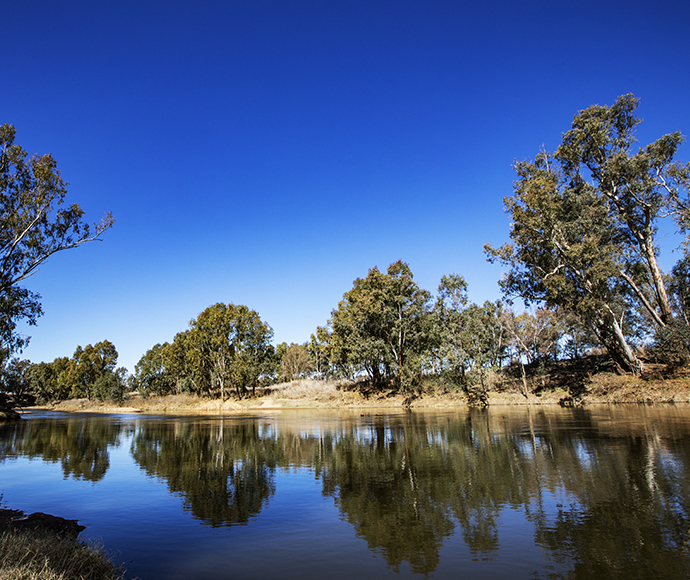 |
Moderate Main aim: Recover Improve ecological health and resilience |
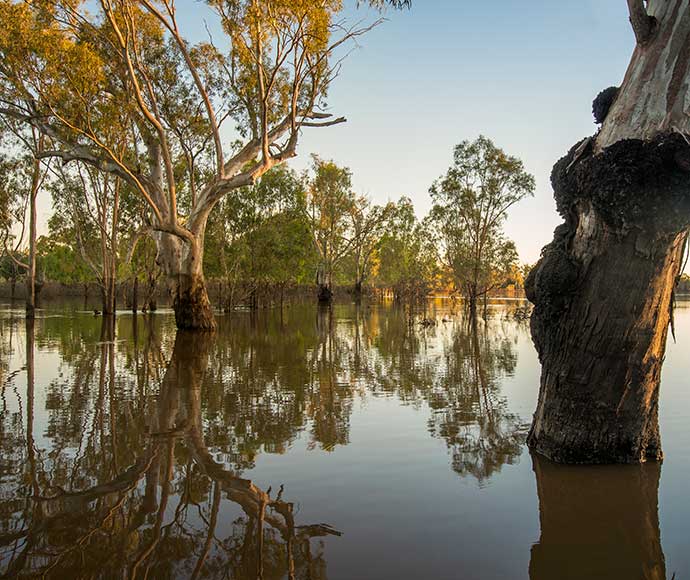 |
Wet to very wet Main aim: Enhance Restore key floodplain and wetland linkages |
Key planned actions for 2023–24
Waterbirds |
In 2023–24, water is likely to be retained in Narran Lake due to an extended period of inflows which began in late 2021 and were followed by an event-based mechanism release in early 2023. A priority is to ensure an adequate vegetation condition and water level should further inflows trigger another colonial waterbird breeding event in spring 2023.
Native fish |
A key priority for water managers is to support native fish populations and provide opportunities for them to breed and disperse into secure habitats.
Vegetation |
The water that reached the Narran Lakes in late 2021 and early 2022 is expected to have further improved vegetation condition in the lakes system. Water managers will prioritise opportunities that arise in 2023–24 to increase the duration of inundation of water-dependent vegetation.
In the Warrego River in mid-2021, flows inundated vegetation communities on the Toorale Western Floodplain wetland, and they were further inundated in late 2022 and early 2023. Repeated inundation in 2023–24 will increase vigour and diversity of wetland vegetation in this location.
Connectivity |
Flows and inter-system connections depend on rainfall occurring throughout the year. Connectivity between the Warrego and Darling Baaka can be influenced at Toorale, with downstream connection being the priority and connection being maintained when environmental water is delivered to the Western Floodplain.
Water for the environment will be delivered at Toorale in line with the priorities set out in the Toorale water management infrastructure operating and maintenance plan.
When there is no identified priority, the Barwon–Darling Barwaan–Culliwatta–Baaka and Intersecting Streams Environmental Water Advisory Group will be consulted. This group is being developed and is expected to be operational within the 2023–24 water year.
Map of proposed annual priority targets in the water resource plan area 2023–24


